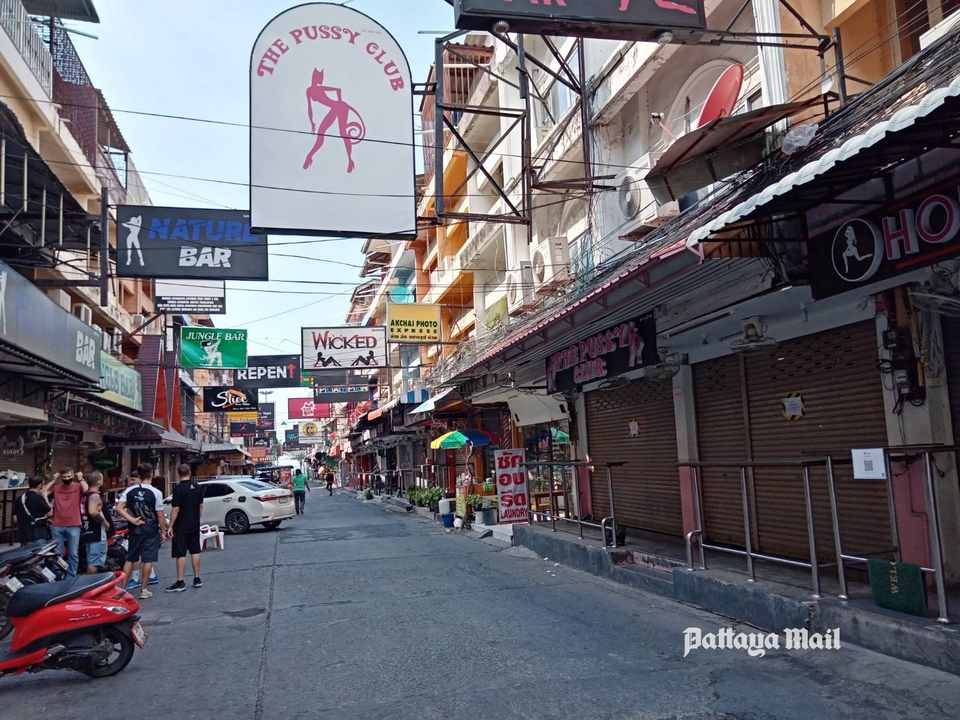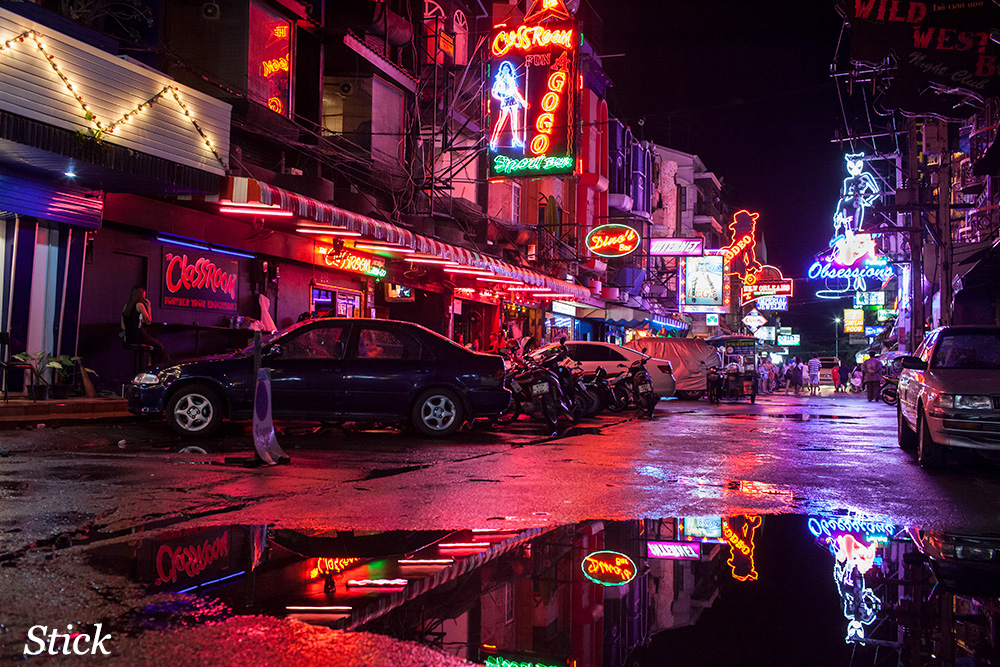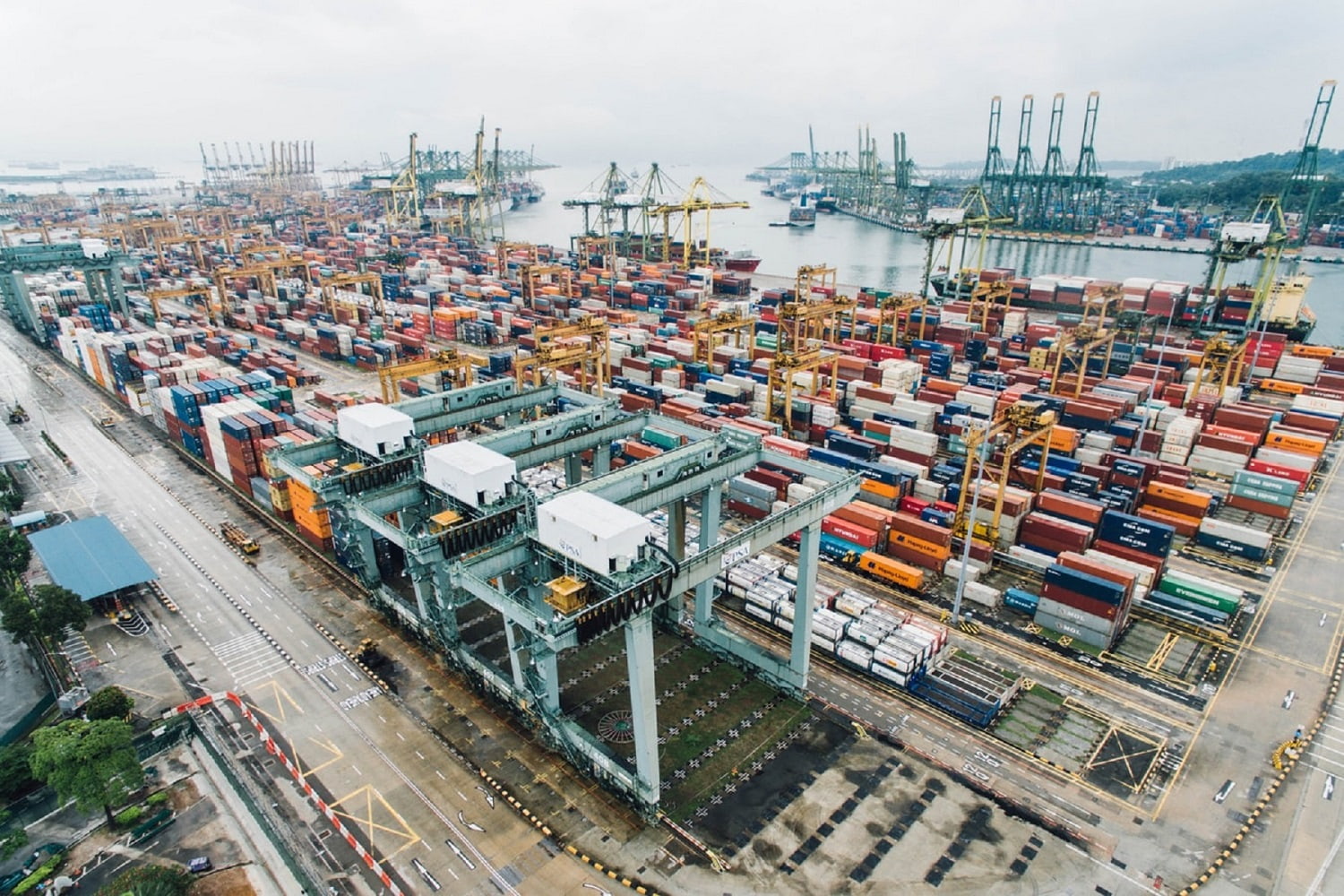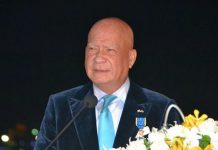
The assumption that Pattaya can never recover its status as a raunchy entertainment plaza has angered many local expats who have taken to social media to vent their rage. “If it ain’t broke don’t fix it,” argues one Facebook blogger who believes the tourists will be back once vaccination programs are underway. Others stress that parts of night-time Pattaya, notably Soi L.K. Metro and Soi Buakhao are still quite vibrant, while defenders point out rightly that new businesses are still opening up, examples being a popular American diner near Mabprachan Lake and a hummus-vegetarian cafe on Second Road.
The recent semi-closure of the Walking Street for major infrastructure repairs and the comments of Pattaya Mayor Sonthaya Kunplome that he expects the city to reduce its dependency on international visitors seem to have created that resistance-to-change movement. He has stressed that neo-Pattaya will have a diverse economy, quality tourism and family activities as well as a “buzzing nightlife.” He points out that plans include a city monorail, a hi-speed regional train service, a skywalk, a cruise ship terminal, a film center and wholesale reclamation improvements to beach areas and to the neighboring Naklua township.

Now a well-known nightclub commentator has joined the debate if only to say goodbye. The weekly online columnist Stickman, who has described the sexy ups and downs in Bangkok and Pattaya for over 20 years, has announced that he is suspending his insightful writing until further notice. “The pandemic has permanently altered tourism,” he observes, whilst making the fair point that full moon parties with 10,000 drunken backpackers are sealed ancient history. He concludes his final Pattaya section reminding us of the rumour, yet to be confirmed, that all the bars in the Made in Thailand market complex are scheduled for imminent closure.
The reality, of course, is that Pattaya was already losing its appeal as a nitery paradise long before the virus took its deadly toll. Many would argue that the city’s Walking Street and other entertainment districts were well past their sell-by date anyway as the crowds diminished and the sex shows grew tamer owing to local police raids reacting to national government pressures. For the future, mass tourism will be impossible if only because travel costs will rise steeply worldwide as governments insist on health testing certification, airfares become more expensive and travel insurance becomes compulsory. As everyone knows, Thailand is no longer a cheap destination easily available for those armed only with a passport and a bucket-shop air ticket.

But the real organ for change is, and will be, the three-province Eastern Economic Corridor (EEC) of which Pattaya is a part. Already, the EEC is home to the world’s largest auto-exporting industry, a leading global supplier of hard disc drives and home appliances, and a huge petrochemical industry. The geographical position of the EEC makes it a vital link to India, China and the whole of Asean. The total cost of developing the EEC is 17 trillion baht (US$60 billion) with 80 percent being funded by the private sector and international investors.
It is the EEC sponsors, notably from China and Japan, who have provided the cash for projects already underway. Once completed, the hi-speed railway linking Bangkok’s two international airports to Rayong, U-Tapao will be by-lined an “EEC airport”. When Walking Street is replaced by a family leisure complex, it will be EEC money behind the scheme. Pattaya’s future clearly lies in the realm of tourism, but to service a very different national and international clientele. The world is changing fast. Pattaya is no exception.





